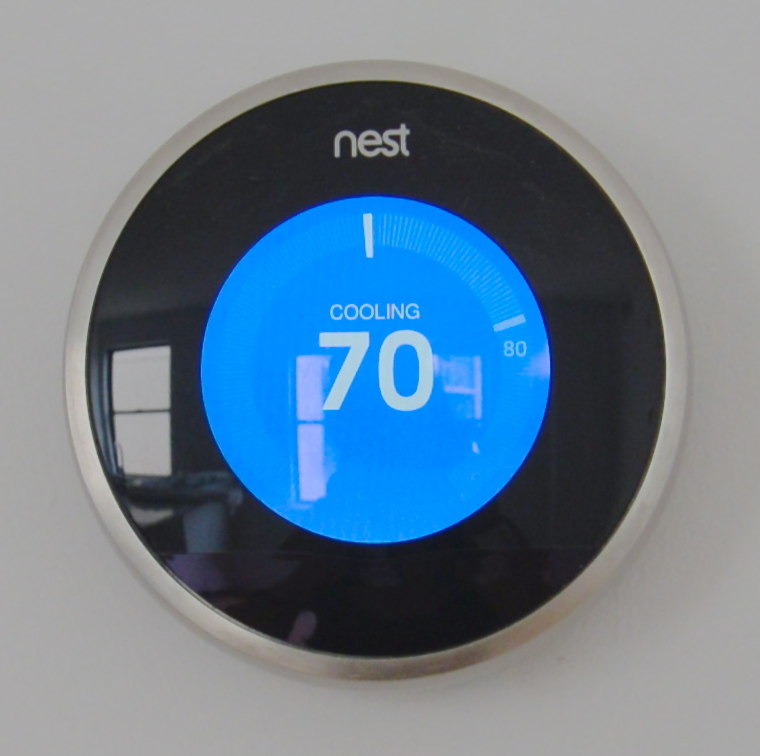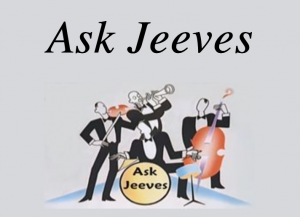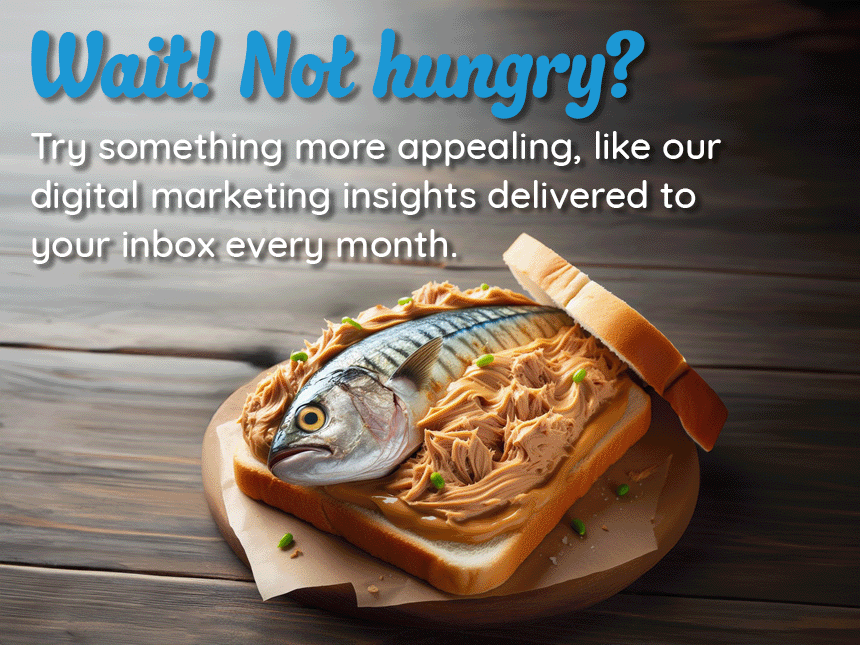Intent Matters for Online Ads: Don’t Fail
 Image source: Pexels
Image source: Pexels
Online advertising can be one of a marketer’s most effective tools. Or it can decimate that marketer’s budget.
The key to effective (and cost efficient) online advertising is to pay attention to user intent. Read on to learn how to leverage intent to find success with this powerful marketing tactic.
Part 1 – Intent Based on Placement of Ad
Prospecting ads
My Prospecting ads definition: Banner advertisements displayed on various websites or social media feeds based on the demographic of the site visitor. Marketers use these to prospect for new customers. The ad viewer is passive here, being shown ads without actively searching out ads.
Consider the intent of someone shown a prospecting display ad. I may be such a person seeing an ad. Let’s say I really want to buy a smart thermostat, because I want to be able to change the temperature of my house from my bed.
What if I’m reading an article on a website, or scanning glimpses of my friends’ lives on Facebook, or shopping for a winter coat since I can’t adjust my thermostat from my phone and am certainly not going to walk all the way over there – am I likely to stop in the middle of the article or virtual stalking or coat shopping to actively leave the site and buy a thermostat?
Probably not, right? I’m highly unlikely to engage with an ad that will interrupt the task I’m already doing.
User intent – I’m not going to stop to buy your product when I’m busy doing something else.
Keep this in mind when planning your marketing budget and creating your ads. This is not to say that prospecting ads are ineffective. They’re just effective for a particular purpose.
How you should use prospecting ads

Prospecting ads should be used predominately for branding. If the smart thermostat company Nest pays to place a banner ad on a site I frequent, I’m likely to see that ad and remember that I do indeed want a smart thermostat. As we’ve already discussed, I probably won’t stop what I’m doing to click the ad and buy now. But when I’m finally ready to purchase a smart thermostat, seeing enough of their ads may help me remember to Google the name Nest and make my purchase then. (Side note: “Google the name Nest” makes me laugh, since Nest is owned by Google, so I’d be using a Google product to buy a Google product. Win-win for Google, but at least I don’t have to get out of bed to change the temperature of my house, so win-win-win.)
The key is to pay attention to user intent. Do not expect someone to stop what they’re doing to buy your product just because you want them to buy your product. Instead, use display advertising smartly, to blend into their lives instead of disrupting it.
Important note:
This is not set in stone. I’m not saying use prospecting ads only for branding ever. There are some other use cases, like if the ad is offering something really, really compelling and immediate. For example, let’s say a web user’s favorite band is coming to a local theater for an extremely limited show, and the only way to get tickets is to buy them right at that moment by clicking the ad. Well then yeah, the prospecting ad will probably earn some clicks. Same thing with a contest or similar timely or immediate need. Intent still matters in these instances, and tight targeting becomes key. In my band example, the only people clicking that ad are fans of the band or people who know fans of the band. Reaching anyone else is a waste of money.
(Side note: make sure you engage in a pay-per-click model, so that you don’t get charged if your ad is shown to irrelevant audiences – only pay when a relevant prospect clicks the ad.)
Retargeting ads
My retargeting ads definition: Banner advertisements that follow a user around to various websites because that user visited the advertising company’s site but did not take any action. These, like prospecting ads, are passive in that the ad viewer isn’t actively searching for them, but they are slightly more active in that they are only shown to someone who has recently visited the company’s website.

There is another caveat to my bold declaration above. If a user has been to your site before, you can retarget to them, which means showing them a banner ad like we just discussed. And this can work. This can get them to stop what they’re doing to take action. If you do something very important.
How you should use retargeting ads
Give prospecting consumers an incentive to stop what they’re doing. If you show them a standard message advertising your product, they will treat it like a prospecting ad; it will be branding, it will remind them you exist, and if you’re lucky, when they’re ready to make a purchase they’ll make your purchase. But if you want them to take immediate action, you need to offer them something of value. A percentage off, or free shipping, or a free trial. A sale or offer that will expire shortly. A coupon code only people being retargeted to can see. In other words, a reason to drop everything and buy your product right now, before this great deal expires.
For example, if I visited the Nest site, read all the details and user reviews and everything else, and then left without making a purchase, how can Nest win my business? They know I’m interested, but I didn’t act. Maybe if they retarget to me offering free shipping, it’ll motivate me to take the plunge.
Don’t worry. There won’t be a massive influx of people getting a discount. The only people who will see this ad will be people who were previously on your site but didn’t take an action. Earn their business before they go elsewhere, give them an incentive. User intent – make them intent on buying your product before they blow a great deal.
Paid Search Ads
My paid search ads definition: Text-based advertisements appearing at the top, sides, and bottom of search engine results pages. These are active ads, instead of passive, because the ad viewers is actively searching for this topic.
 Ah, now this is where user intent really helps you make a sale. Paid search ads (such as Google AdWords) are in my opinion the most effective means of direct response advertising. That’s because users are directly searching for your type of offering when they come across your paid search ad. They are actively looking for it, in Google or Bing or DuckDuckGo or their search engine of choice (anyone else miss Ask Jeeves?).
Ah, now this is where user intent really helps you make a sale. Paid search ads (such as Google AdWords) are in my opinion the most effective means of direct response advertising. That’s because users are directly searching for your type of offering when they come across your paid search ad. They are actively looking for it, in Google or Bing or DuckDuckGo or their search engine of choice (anyone else miss Ask Jeeves?).
If I search Google for “smart thermostat” and see an add at the top for, “The world’s smartest smart thermostat – buy now for free shipping,” then BOOM, they’ve got me. Why wouldn’t I click on that ad? I’ve come here specifically to find a smart thermostat. User intent – capture prospects when they are searching for what you offer.
Here’s another good example — this real ad popped up when I searched (best smart thermostat):

How you should use paid search ads
Quick tip here: The benefit of paid search ads is that the people seeing your ad are actively searching for the thing you’re offering. But you still need to motivate them to click your ad versus a competitor’s ad. And that’s why even with paid search you should offer some type of incentive. Give them a reason to click your ad over someone else’s. Read on to learn more about offer intent.
Part 2 – Intent Based on Offer of Ad
The ad
Think back to that talk we had long ago, like eight paragraphs or so, about offering something of value in your retargeting ads, to give consumers a reason to return to your site that they were already on and already didn’t take an action on. The offer is the single most important factor in earning an online sale from an online advertisement.
What are you offering the buyer? Because if you aren’t offering something of value, your competitor is, and your competitor is therefore earning the sale.
If your ad just lists your product name in big letters, what’s my motivation to click it? Even if it displays the name in big letters AND an image of the product, why should I care? You need to sell me on it. And more than that, you need to offer me a reason to be sold on it.
Give me something. It doesn’t have to be money off the cost. It could be a free PDF on how to choose the best type of product for me, maybe even a checklist I can use to compare several options (with yours of course coming out the best). Give me an infographic with objective, useful information, or a white paper, or an eBook. Keep your product or service in mind, of course. For example, an eBook may not be the right option for a smart thermostat. In that instance, maybe offer a free guide on how the intelligence of a smart thermostat can lower my energy bill; maybe even make it an interactive calculator where I can get real-world numbers. Give me a reason to pick your product over someone else’s. Your product name, or its image, or because it’s made by your company, is not in and of itself a reason for me to choose you.
The destination
Once you’ve gotten me to click your ad, take me to a page connected to that ad. If I see an ad for a Nest thermostat at Lowes and click the ad, it better take me to the Nest page of the Lowes website, not the Lowes homepage where I then need to find Nest on my own. Here’s a real-world example of a Home Depot-based paid searched for Nest:

If you offer me an incentive, the way to receive that incentive better be spelled out on the destination page.
Pro tip: Gate it behind a form. When you give something away for free, force me to give you my name and email address to receive it, so that you can contact me with follow up sales pitch emails. The only time you don’t need to do this is if the offer is connected to a purchase – then just give them the promo code or whatever you’re using and let them make their purchase.
Super pro tip: If the thing you’re giving me is a PDF or a link or anything else online, use a marketing automation tool such as HubSpot to email it to me after I complete the form. Why? Because if you don’t, I can just give you a fake email address and still collect my reward.
The point here is intent. What is the intent of the user at the time he or she is presented your ad? That will dictate the action. Is the user’s intent to buy a product like yours? Is the user’s intent to keep reading that fascinating listicle on the top 10 reasons a woodpecker chose the tree right outside my window at the exact moment I was trying to write an article? Because if so, I’m not stopping on item number 4 to buy your product.
And subsequent to that, what is yourintent? Is your intent to create awareness for your product or service, so that when a prospect needs such an offering he or she thinks of your product or service? Or is your intent to make a sale right then and there? That will dictate the medium you use to advertise, and the message you present. When Pepsi runs an ad during the Super Bowl, they aren’t expecting you to leave the house, get into your car, and rush over to your nearest convenience store to buy Pepsi. They want you to think of Pepsi the next time you’re in a store. But when an online tool runs a paid search ad offering a free 30-day trial if you enter a specific code, they’re intending to have the searcher sign up right then and there.
It’s all about intent. Control yours correctly, and you’ll achieve success through the effective form of online advertising.
We can help
If you want help with the strategy, writing, design, and/or managing of online ads, consider a free consultation with our online advertising experts.
If you want help with how HubSpot or another marketing automation platform can let you capture user interest and nurture them into a sale through powerful email drip campaigns, consider a free consultation with our certified marketing automation professionals.



